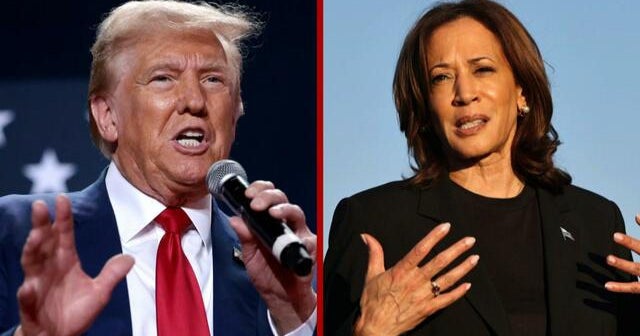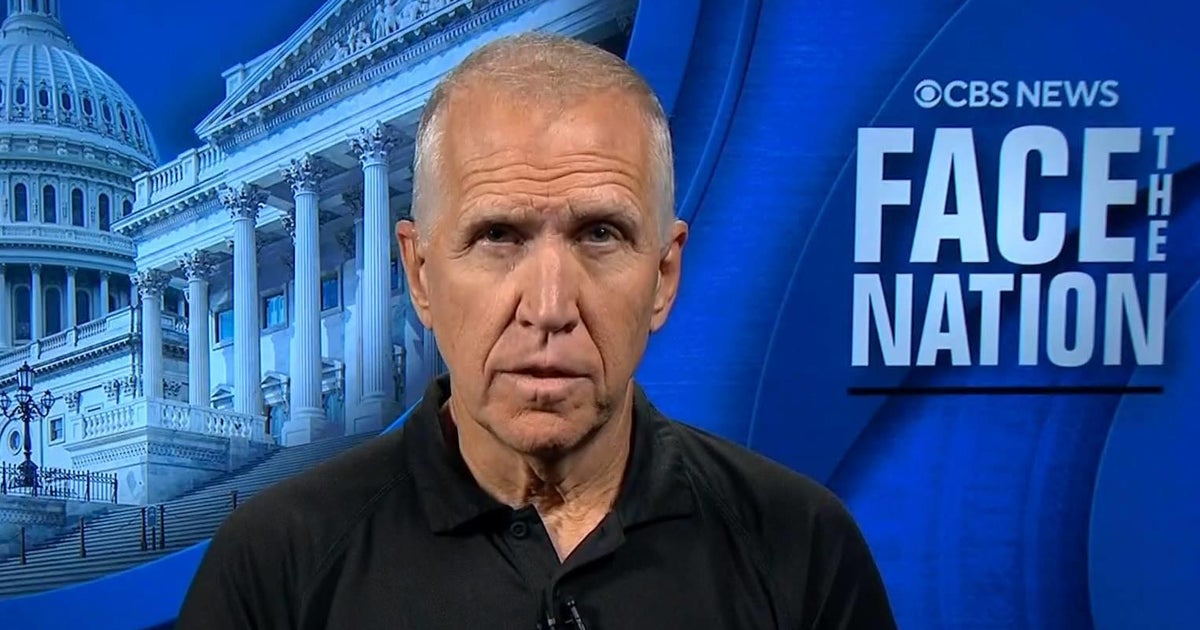CBS News
Does Medicare pay for hearing aids?

ljubaphoto / Getty Images
For those who live with mild to severe hearing loss, shopping for good quality hearing aids can be a headache. If you’re over 65, you may be wondering if Medicare will cover the costs of hearing aids — especially since the percentage of people with some degree of hearing loss rises above 20% for people in the age range of 65 to 74.
But before you even think of Medicare, you should know that many over-the-counter hearing aids aren’t all that expensive — and you can compare prices right now with the chart below.
The average cost of hearing aids was around $4,600 as of 2018, but these days a pair of prescription-grade hearing aids can cost anywhere from $1,000 to more than $8,000 a pair. Over-the-counter or OTC hearing aids can set you back a few hundred dollars.
Now let’s look at what Medicare does and does not cover, plus other insurance coverage possibilities for hearing aids.
Does Medicare cover hearing aids?
Basic Medicare does not cover most types of hearing aids or fittings for hearing aids. That includes Original Medicare (Part A and B). While Medicare Parts A and B do not cover hearing exams specifically for the purpose of buying a new hearing aid, they do cover exams for diagnostic purposes that include a doctor’s referral. In this case, you pay 20% of the final amount after the deductible and any copayments.
There may also be some limited exceptions for Medicare Advantage (Part C) plans.
Medicare has four parts, with Parts A and B making up what’s known as Original Medicare — a federally provided health plan with more traditional medical and hospital insurance coverage options. Parts C and D are a little different and exist independently of Original Medicare. Here is a breakdown of the Medicare plans and services that are available today:
- Medicare Part A: Hospital insurance. This can cover expenses related to hospital stays, nursing facility care, hospice care, and some additional health care benefits.
- Medicare Part B: Medical insurance. This covers the things you’d expect with most medical insurance plans including select doctors’ services, outpatient care, medical supplies, and some preventative services.
- Medicare Part C: Medicare Advantage. These Medicare coverage plans are provided by private companies that have contracts with Medicare and are therefore not federally provided. These plans still include Parts A and B but may include additional benefits (see below).
- Medicare Part D: Prescription drug coverage. This Medicare Supplement plan covers the cost of prescription drugs, as well as many recommended shots and vaccines.
What does the Medicare Advantage Plan (Part C) cover?
Some Medicare Advantage Plans do offer extra benefits not covered by Original Medicare. This can include costs related to vision, hearing and dental services. Private companies like Humana offer 2024 Medicare Advantage plans with hearing and other benefits in addition to Medicare Parts A and B.
These added benefits may include coverage for hearing aids and related services such as a hearing exam with an audiologist. Talk with your doctor to find out what you may need in terms of hearing aid devices and services, then consider browsing the different types of Medicare Advantage Plans out there such as a health maintenance organization (HMO), preferred provider organization (PPO), and more.
If you have a Medicare Advantage Plan already and are unsure of whether or not you’re covered for hearing aids, contact your insurance company or a Medicare representative at 1-800-MEDICARE for more information.
What medical coverage options are there for people who need hearing aids?
Medicare coverage does not extend to prescription-grade or OTC hearing aids, but there is some leeway for another category: hearing implants. Medicare Part B may cover 80% of the cost for cochlear implants — small, permanent hearing devices that replace damaged portions of the ear — for those who qualify. Hearing implants are different from hearing aids in that they replicate or imitate incoming sounds, instead of amplifying them, for people with severe or complete hearing loss.
Going back to the question of insurance coverage for hearing aids, there are some plans that may offer more coverage than Medicare. Insurance providers like Aetna, Cross Blue Shield, Cigna, Humana and United Healthcare all offer certain benefits that could apply to hearing aids — but what is available to you varies depending on things like the severity of hearing loss and the state you live in.
How much do hearing aids cost without insurance?
The world of prescription hearing aids remains largely unchanged, with prices commonly climbing into the thousands. Offered up by an audiologist or other qualified specialist, these devices come with a price tag that includes things like professional fitting services, device programming, and follow-up visits. This typically costs upwards of $1,000 per hearing aid, with some costing $8,000 or more a piece.
One increasingly popular way to save money on hearing aids is to purchase them directly. OTC hearing aids like the impressive Jabra Enhance Select 50R ($995 and up) are a relatively new category where customers can get their hands on decent devices for much lower costs — typically less than $1,000 a pair. These commonly come with less robust tech features (making them ideal for people with mild to moderate hearing loss) and none of the complex extras that you get with a prescription hearing aid.
CBS News
10/6: Face the Nation – CBS News

Watch CBS News
Be the first to know
Get browser notifications for breaking news, live events, and exclusive reporting.
CBS News
Sen. Thom Tillis says “the scope” of Helene damage in North Carolina “is more like Katrina”

As recovery missions and repairs continue in North Carolina more than a week after Hurricane Helene carved a path of devastation through the western part of the state, the state’s Republican Sen. Thom Tillis called for more resources to bolster the relief effort and likened the damage to Hurricane Katrina’s mark on Louisiana in 2005.
“This is unlike anything that we’ve seen in this state,” Tillis told CBS News’ Margaret Brennan on “Face the Nation with Margaret Brennan” on Sunday morning. “We need increased attention. We need to continue to increase the surge of federal resources.”
Hurricane Helene ripped through the Southeast U.S. after making landfall in Florida on Sept. 26 as a powerful Category 4 storm. Helene brought heavy rain and catastrophic flooding to communities across multiple states, including Georgia, South Carolina, Tennessee and Virginia, with North Carolina bearing the brunt of the destruction. Officials previously said hundreds of roads in western North Carolina were washed out and inaccessible after the storm, hampering rescue operations, and several highways were blocked by mudslides.
Tillis said Sunday that most roads in the region likely remained closed due to flooding and debris. Water, electricity and other essential services still have not been fully restored.
“The scope of this storm is more like Katrina,” he said. “It may look like a flood to the outside observer, but again, this is a landmass roughly the size of the state of Massachusetts, with damage distributed throughout. We have to get maximum resources on the ground immediately to finish rescue operations.”
Hurricane Katrina left more than 1,000 people dead after it slammed into Louisiana’s Gulf Coast in August 2005, flooding neighborhoods and destroying infrastructure in and around New Orleans as well as in parts of the surrounding region. It was the deadliest hurricane to hit the mainland U.S. in the last 50 years, and the costliest storm on record.
The death toll from Hurricane Helene is at least 229, CBS News has confirmed, with at least 116 of those deaths reported in North Carolina alone. Officials have said they expect the death toll to continue to rise as recovery efforts were ongoing, and a spokesperson for the police department in Asheville told CBS News Friday their officers were “actively working 75 cases of missing persons.”
On Saturday, the U.S. Department of Transportation released $100 million in emergency funds for North Carolina to rebuild the roads and bridges damaged by the hurricane.
“We are providing this initial round of funding so there’s no delay getting roads repaired and reopened, and re-establishing critical routes,” U.S. Transportation Secretary Pete Buttigieg said in a statement. “The Biden-Harris administration will be with North Carolina every step of the way, and today’s emergency funding to help get transportation networks back up and running safely will be followed by additional federal resources.”
President Biden previously announced that the federal government would cover “100%” of costs for debris removal and emergency protective measures in North Carolina for six months.
With North Carolina leaders working with a number of relief agencies to deal with the aftermath of the storm, Tillis urged federal officials to ramp up the resources being funneled into the state’s hardest-hit areas. The senator also addressed a surge in conspiracy theories and misinformation about the Biden Administration’s disaster response, which have been fueled by Republican political figures like former President Donald Trump.
Trump falsely claimed that Mr. Biden and Vice President Kamala Harris, his Democratic opponent in the November presidential election, were diverting funds from Federal Emergency Management Agency that would support the relief effort in North Carolina toward initiatives for immigrants. He also said baselessly that the administration and North Carolina Gov. Roy Cooper, a Democrat, were withholding funds because many communities that were hit hardest are predominantly Republican. Elon Musk has shared false claims about FEMA, too.
“Many of these observations are not even from people on the ground,” Tillis said of those claims. “I believe that we have to stay focused on rescue operations, recovery operations, clearing operations, and we don’t need any of these distractions on the ground. It’s at the expense of the hard-working first responders and people that are just trying to recover their lives.”
CBS News
Face the Nation: Tillis, Tyab, Russel

Watch CBS News
Be the first to know
Get browser notifications for breaking news, live events, and exclusive reporting.


